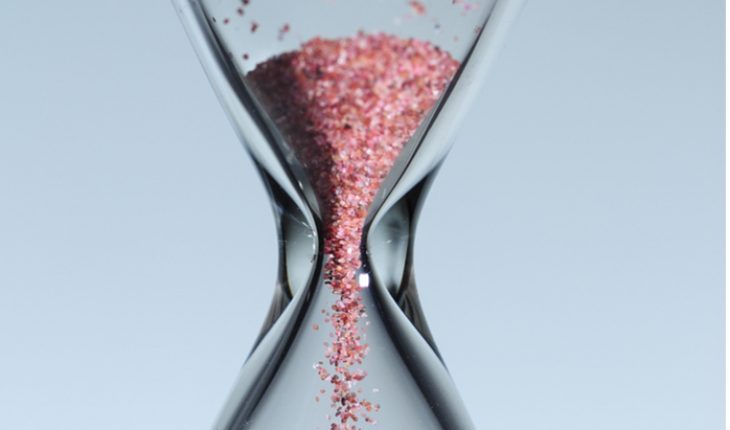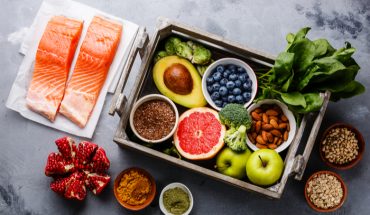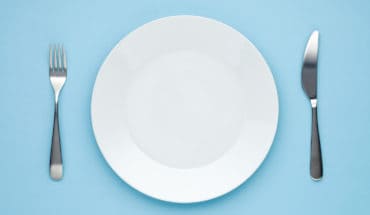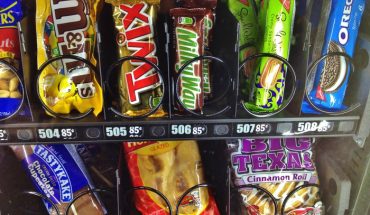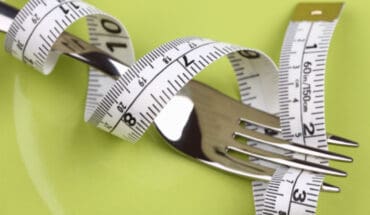When I hear people being advised to exercise more and eat less to lose weight, I despair because the conventional advice is scientifically and biologically fundamentally flawed. The actual foolproof way to lose weight is to precisely the opposite – eat more and exercise less, but it has to be done in the correct way.
The standard advice simply encourages your metabolic rate to slow down so that your body becomes more efficient at storing fat. Exercise is not going to increase your metabolic rate unless it is high intensity – cardiovascular exercise and other endurance exercise, considered any form of exercise you can conduct consistently for more than 30-40 minutes at a day, is highly inefficient at fat-burning as it doesn’t challenge the muscles intensively enough.
An added downside of endurance exercise is that, after around 40 minutes, the body is flooded with the stress hormone cortisol which can actually encourage body fat to accumulate around the vital organs which can increase the risk of heart disease. Cortisol also greatly increases your drive for carbohydrate-rich foods, that increases fat storing.
People who are doing regular exercise usually push themselves to their limits, but not beyond their limits. It is only when we push ourselves beyond our maximum – that squat that you just can’t do, or the final hill climb- that we start to build muscle, which is the only thing that boosts metabolism.
To get the best result for boosting metabolism and encouraging fat loss, I recommend thirty seconds of high-intensity exercise with 60 seconds rest and eight repetitions. That is all that is required, three times each week.
But in order to work, the high-intensity exercise has to be beyond what you feel is comfortable. You have to be exhausting your ‘fast-twitch’ muscles at the end of each burst. Fast-twitch muscles exhaust quickly and recover slowly. This means you are in recovery mode for hours and potentially days afterwards. ‘Slow-twitch’ muscles, used in endurance activity, take a long time to become exhausted and recover quickly, so there is no beneficial after-effect. By exhausting fast-twitch muscles, your body is repairing the damaged muscle, requiring growth hormones for long periods of time post workout, which puts you in a highly revved up metabolic state – increasing calorie and fat burning while building muscle, which further adds to metabolic rate.
I ran for miles each day for many years to try and stay slim but it just didn’t work for me and it doesn’t work for most people.
The other good news about my technique, which I describe in my new book, ‘Why Eating Less & Exercising More Makes You Fat’, is that you can actually eat a varied diet with plenty of calories. I’m not about weighing, measuring and counting calories, but it is essential to eat all meals balanced with healthy fats fibre and protein. Carbohydrates are found in all vegetables – which should be eaten in abundance – but there are some higher carb foods that need to be limited if you want to become a good fat-burner.
You can eat 10,000 calories a day without putting on a pound, but you need to be smart about what you eat. Avoiding a blood sugar spike is key to success. You should aim to have no more than one teaspoon of sugar in your bloodstream at any one time.
My breakfast today was a large avocado, a couple of hard-boiled eggs and tomatoes, all swimming in lovely first-press olive oil. This kind of breakfast choice is far better than a couple of slices of buttered toast which almost immediately turns to glucose after it is swallowed and causes a spike in blood sugar levels. This, in turn, causes insulin to flood through the blood stream, which brings blood sugar levels back down by storing the sugar straight away as fat. My fat-rich, low sugar and highly nourishing breakfast, on the other hand, doesn’t cause the body to release insulin, hence no fat storing and I don’t get a sudden energy crash by mid-morning. Instead, the body slowly burns the fuel in my breakfast for many hours and I won’t feel hungry again until mid-afternoon.
So by exercising less, (but making sure it is high-intensity exercise), and eating more healthy fat, high-fibre food and less sugar, you can get slim and stay slim and well.
- Weight loss; eat more and exercise less! - 19th December 2016
